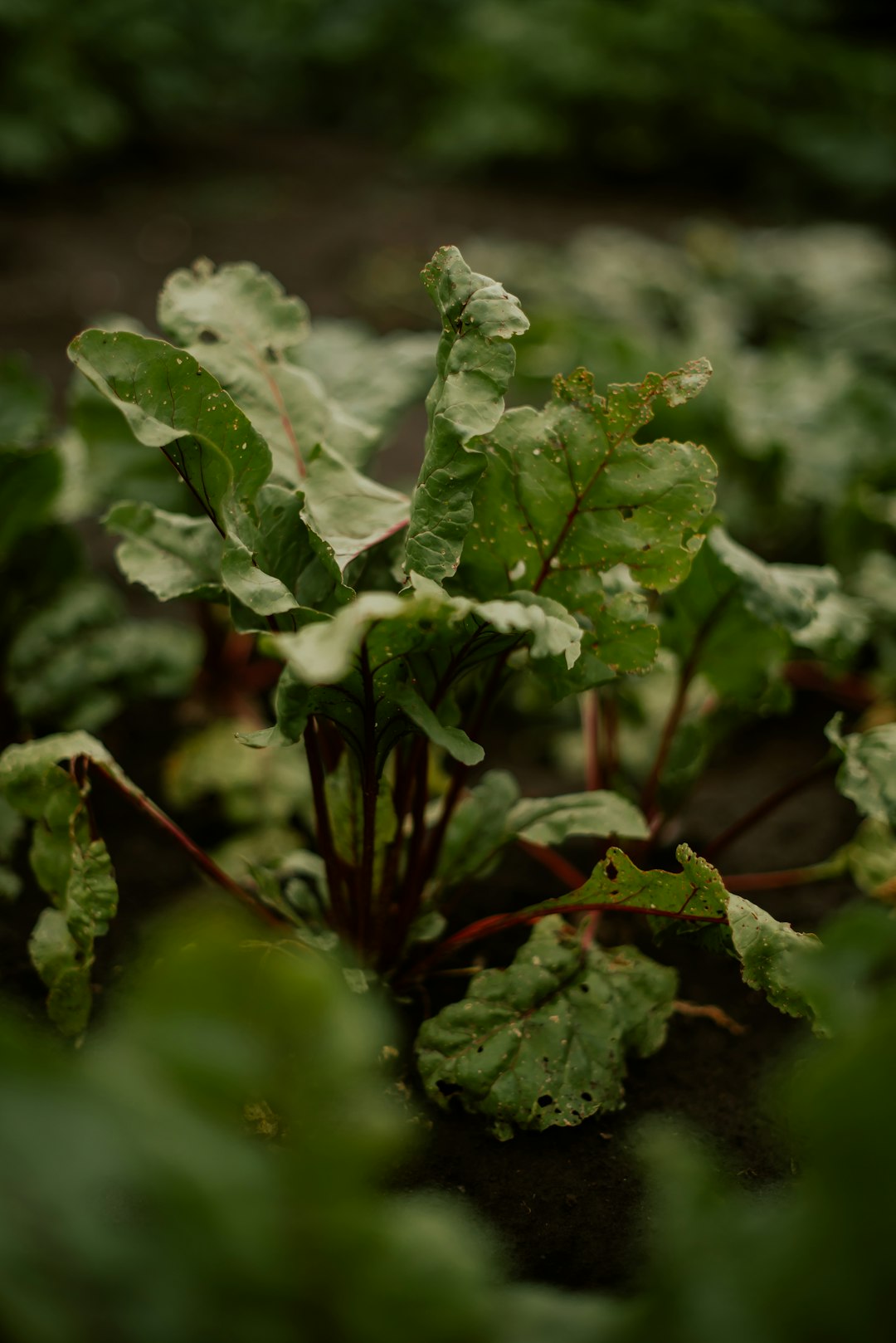The Enchanting Allure of Coreopsis in Gardens

Coreopsis, a captivating flower, has long held a special place in the hearts of various beings in the natural world. From the feathered friends that find sustenance in its seeds to the delicate butterflies that sip its sweet nectar, and the passionate gardeners who are smitten by its radiant and enduring blooms, coreopsis is truly a remarkable plant.
Let's first delve into the relationship between coreopsis and the birds. Birds, with their diverse dietary needs, are often on the lookout for reliable sources of nutrition. The seeds of coreopsis serve as a delectable treat for many species. Sparrows, finches, and other small songbirds are particularly fond of these seeds. As the coreopsis flowers reach the end of their blooming cycle, they develop seed heads that are rich in nutrients. These seeds provide the birds with essential fats, proteins, and carbohydrates, which are crucial for their survival, especially during the colder months when food sources may be scarce. The sight of birds flitting around the coreopsis plants, pecking at the seeds, adds a lively and charming element to any garden.
Butterflies, on the other hand, are drawn to coreopsis for its nectar. Nectar is the primary source of energy for butterflies, and coreopsis offers a generous supply. The bright and colorful petals of the coreopsis act as a beacon, attracting butterflies from afar. When a butterfly lands on a coreopsis flower, it extends its proboscis, a long, tube - like structure, into the flower to suck up the nectar. In the process, the butterfly inadvertently picks up pollen on its body and transfers it to other flowers, facilitating pollination. This symbiotic relationship between coreopsis and butterflies is not only beneficial for the survival of both species but also contributes to the overall health and biodiversity of the garden. Some of the common butterfly species that can be seen fluttering around coreopsis include the painted lady, the monarch, and the swallowtail.
Now, let's turn our attention to the gardeners. Gardeners are always on the hunt for plants that can add beauty and color to their gardens while also being relatively easy to care for. Coreopsis fits the bill perfectly. Its sunny, long - lasting blooms are a sight to behold. The flowers come in a variety of colors, including yellow, orange, pink, and red, which can be used to create stunning color combinations in the garden. Whether planted in flower beds, borders, or containers, coreopsis adds a touch of elegance and charm.
One of the reasons why gardeners adore coreopsis is its hardiness. It is a perennial plant, which means it comes back year after year. This makes it a cost - effective choice for gardeners, as they don't have to replant it every season. Coreopsis is also relatively drought - tolerant once established, making it suitable for gardens in areas with limited water availability. It can thrive in a wide range of soil types, as long as the soil is well - drained. Additionally, coreopsis is not very prone to pests and diseases, which further simplifies its care.
When it comes to planting coreopsis, it is best to choose a location that receives full sun. The plant needs at least six hours of direct sunlight per day to produce an abundance of flowers. Before planting, prepare the soil by adding organic matter such as compost or well - rotted manure. This will improve the soil structure and fertility. Space the plants about 12 to 18 inches apart to allow for proper air circulation and growth.
Once the coreopsis is planted, regular watering is essential, especially during the first few weeks after planting to help the roots establish. However, be careful not to overwater, as this can lead to root rot. Fertilize the plants once or twice a year with a balanced fertilizer to promote healthy growth and blooming. Deadheading, or removing the spent flowers, can encourage the plant to produce more blooms and extend the flowering period.
In conclusion, coreopsis is a truly remarkable plant that offers something for everyone. It provides food for birds, nectar for butterflies, and beauty for gardeners. Its hardiness, long - lasting blooms, and ease of care make it an ideal addition to any garden. Whether you are a seasoned gardener or a beginner, you can't go wrong with coreopsis. So, why not add a few coreopsis plants to your garden this season and experience the magic for yourself?